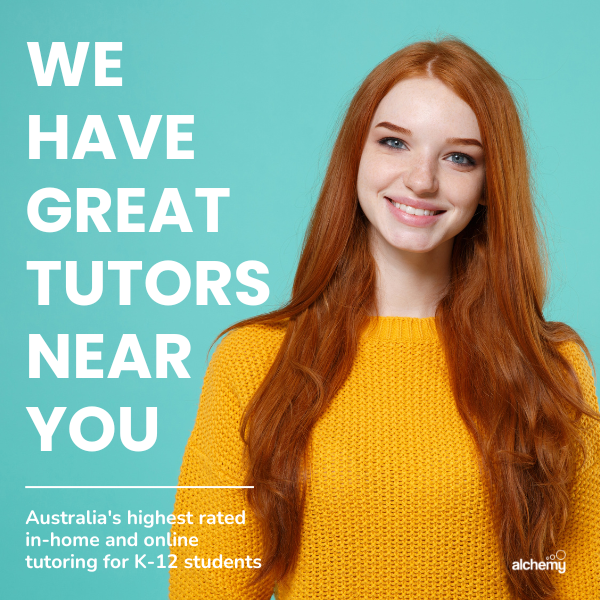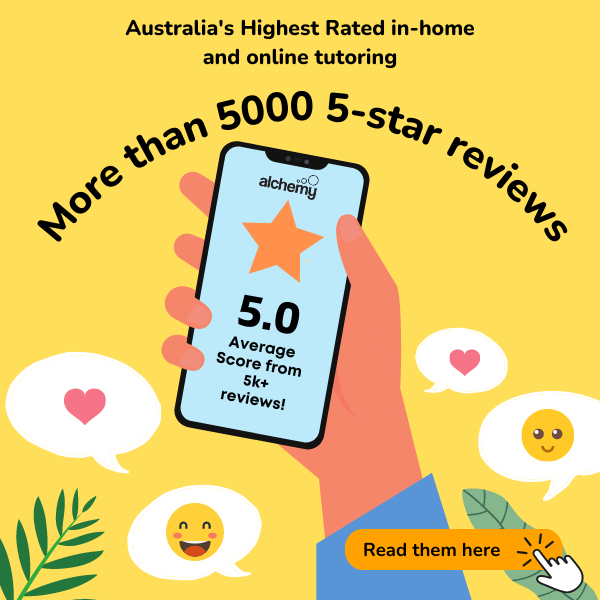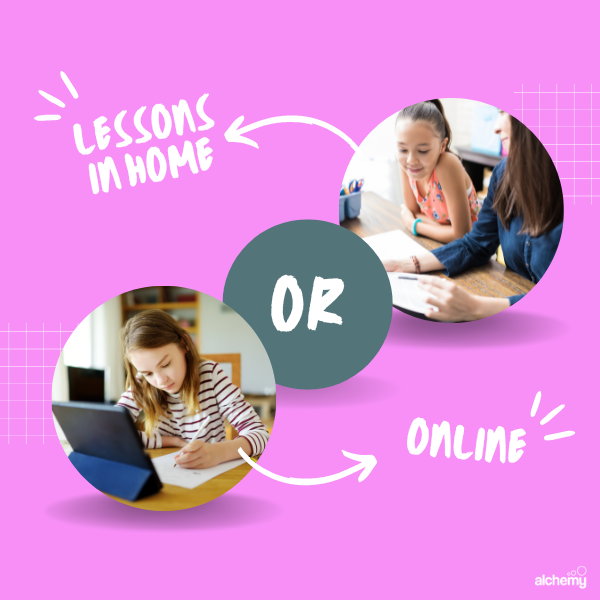One of the secrets to unlocking a student’s full learning potential is identifying their learning type. There are four learning types: visual, Auditory, Reading, and kinesthetic. Understanding the learner type allows the teacher to tailor their teaching methods to maximise retention and increase the student’s ability to comprehend the concepts in question.
Kinesthetic learners can be challenging to work with because of the unique teaching approach needed to maximise the student’s potential. However, this guide walks you through several learning techniques you can use when working with them.
What is kinesthetic Learning?
Visual, Aural, Read/Write, and kinesthetic (VARK) identifies four sensory modalities used for learning information, including kinesthetic.
Kinesthetic learning appeals to students who like being active while they learn. Kinesthetic learners engage better when their bodies are alert and moving. They manage input better and process it faster when their bodies are doing something other than focusing specifically on the learning material.
Why not get in touch with one of our English Tutors for support?
The effectiveness of kinesthetic learning strategies depends on when the individual learns them. Because of how the education system is designed, kinesthetic learners can suffer in the classroom. In traditional classes, kinesthetic learners might excel in subjects such as P.E. or drama but may struggle in English or Mathematics and will often find themselves unfocused or uninterested.
Characteristics of Kinesthetic Learners
Identifying the learning modality early in a student’s learning life is critical. It can set them up for success by ensuring you use the right teaching methods to help the student grasp concepts early and
easily.
One way of identifying kinesthetic learners is by their physical behaviour. They often show fidgeting behaviours, such as tapping their feet or fingers or playing with pens and pencils. The student might also find it difficult to stay still in class and may need to stretch often.
- Excellent hand-eye coordination
- Great motor memory
- Generally good at sports and physical activity
- High energy levels
- Do well in creative subjects such as drama or art
- Enjoy experimenting for the sake of knowledge
- React quickly to things around them
- Enjoy taking things apart to see how they work
- Enjoy escapes like adventure books or movies
How Kinesthetic Learning Works
If your child is a kinesthetic learner, the main idea is to incorporate movement into their studying. This can be something as simple as swinging their legs in their chair as they study. The students will respond better to learning if they have something physical to do during the lesson.
For example, if you’re teaching a kinesthetic learner maths, they may struggle to understand it by simply talking about it or writing things down. Instead, they may respond better if you use pretend money or have something physical to work to help them understand the concept more easily.
Why not get in touch with one of our English Tutors in Sydney for support?
Kinesthetic Learning Strategies
Many classrooms are not ideal for kinesthetic learners. The learners may struggle to grasp new concepts or retain information. Incorporating a few learning strategies can help improve the learner’s experience and response to what they are being taught at home or school. Some of the strategies that you should try out include:
Let the Student Stand Up
For some kinesthetic students, standing up can drastically improve their experience and learning. Standing up allows the student to flex their muscles, which affects the way their mind internalises information. Standing while learning can translate to better focus, retention, and comprehension.
Small Movements
Small movements are ideal for working without committing the student to strenuous physical activity. Something as simple as bouncing a ball on the ground or catching it may provide the distraction the student needs for their brain to retain information more effectively and improve their focus.
Why not get in touch with one of our Online English Tutors for support?
Incorporate Exercise
Incorporating exercise into the study sessions is another effective kinesthetic learning strategy. You can break the study hours into smaller units and take short breaks for exercise between tasks, which can positively affect the student’s mental abilities. The extra physical activity will help the student grasp the subject more easily.
Flashcards and Highlighter
The physical aspect of preparing a flashcard or highlighting a sentence can be enough to spur the brain into action. Kinesthetic learners tend to like moving things, and flashcards can aid in developing a moving schematic that might be more appealing to the brain than words on a page.
Creative Approach to Topics
You can try more creative approaches to topics, such as drawing out a diagram on a piece of paper or whiteboard, which can help in memory retention and understanding. You can also try other tools like storyboarding or even short videos, which could help the student memorise and recall concepts more easily.
Tension and Relaxation
If you don’t have the luxury of space but still need to motivate a kinesthetic learner, you can try more limited activities to keep their attention.
Tensing leg muscles and holding them for five seconds and then relaxing can also be helpful and, more importantly, quiet. It can be beneficial in classroom settings where you don’t want to distract other learners but also want to maximise the potential of the kinesthetic learner. This kinesthetic learning strategy can give your body something to do in a confined space.
Role-play
It’s common for kinesthetic learners to have problems communicating or understanding ideas. Acting it out can help improve the students’ comprehension, make it easier for them to process information and understand ideas, and make the teaching process easier and less frustrating.
Consider Simulation
Simulation can be a powerful tool for learning new information, especially for kinesthetic learners. Try creating or finding simulations that will help the student understand the topic better. Even better, you can engage the student in creating the simulations to make the learning process more wholesome.
Recalling Past Events
Helping students recall something or a task they have performed previously can help refresh their minds. Try making the student recall every aspect of the task in as much detail as possible. This learning strategy can be useful when revising or working on previously completed tasks.
Practice
Like all learning methods, practice is also crucial among kinesthetic learners and is one of the most important parts of learning. Repeated practice of the task and allowing trial and error to serve as a learning tool can also help the student understand the subject matter.
Find Videos
Find videos that demonstrate the tasks you’re trying to teach the student where possible. Seeing it done can be extremely helpful, even though it is through a screen. It can also help the student absorb information as they undertake other physical exercises that help with their learning process.
These kinesthetic learning strategies might not all be applicable in the classroom. Some can be used at home and in other learning environments. Additionally, like every learner, kinesthetic learners are unique, and not every strategy will work for them. You can try different strategies, see which ones the student responds best to, and keep improving on them.
Benefits of kinesthetic Learning
Some students are primarily kinesthetic learners, while others have secondary and even tertiary learning styles. Other types of learners, including visual learners, can also benefit from kinesthetic learning activities.
Some of the benefits of adopting a kinesthetic learning style include the following:
Better Information Retention
Movement and physical interaction can help students remember information better. Kinesthetic learners can feel the impact of what they’re learning as they apply the techniques.
Improved Muscle Memory
kinesthetic learning includes physical repetition of tasks, some of which can help build muscle memory and boost information retention.
Engaged Participation
The movements can increase energy and improve the student’s focus in the lesson. Students will also engage more with written and verbal instructions when the information is reinforced with active experimentation and application.
Improved Problem-solving Skills
kinesthetic learning can also help improve critical thinking and analytical skills through trial-and-error experimentation. Unlike auditory and visual learning methods, which provide information for students to absorb, kinesthetic learning methods can encourage students to discover information themselves.
Refined Risk Assessment
kinesthetic learning encourages students to think logically and explore and practice concepts using new tools, allowing them to refine risks and other tasks more keenly. Additionally, this can help students improve innovation and growth.
Self-confidence
kinesthetic students often learn at their own pace. This allows them to discover and practice new processes for as long as necessary to reach a full understanding. This process can promote individual growth and confidence by encouraging learners to focus on their progress over time instead of comparing their progress to anyone else’s.
Better Bonds and Relationships
Kinesthetic learning can promote better bonds between the teacher and the student or between the student and their parents. It encourages working together to accomplish their goals, such as in group role-playing, which can also foster trust and improve working relationships.
Final Thoughts
Understanding the student’s learning methods and devising ways to leverage those skills and learning methods can help students improve their performance and boost their grades.
While there’s a smaller percentage of kinesthetic students compared to auditory and visual learners, such students also need a fair chance to excel academically, and some of the adjustments and strategies needed to help them achieve their best in class only require minor changes and adjustments in their learning environment, which is a small price to pay compared to the positive impact these strategies have on the life and achievements of the student.





